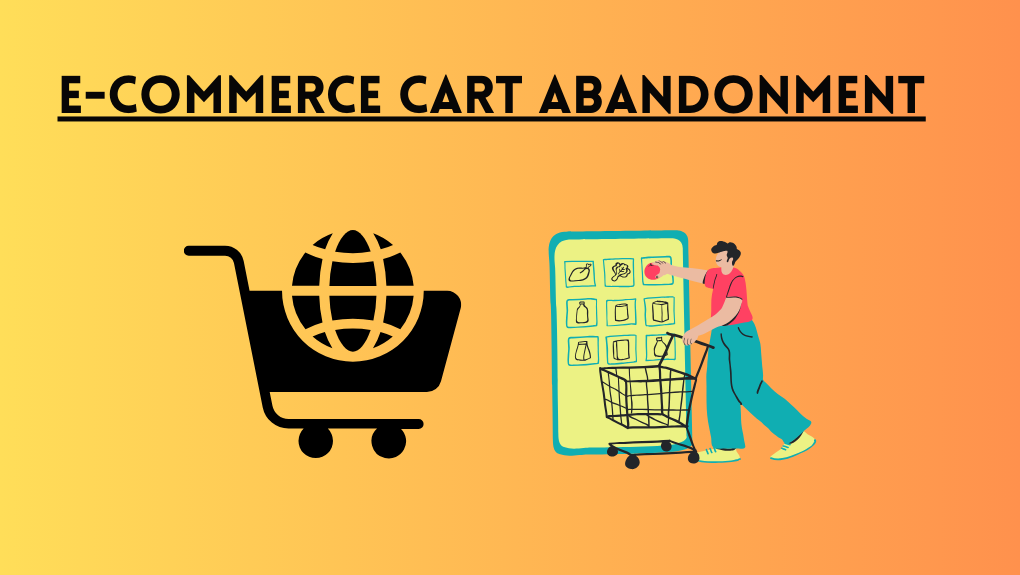The Most Important Ecommerce Metrics That Will Transform Your Business
You can’t move forward without knowing where you are.
In the ecommerce world, forward movement equates to growth. But if you want to grow your ecommerce store (and really, who doesn’t?), you first need to understand the strengths and weaknesses of your existing website.
That means becoming familiar with a few vital ecommerce metrics. Failure to do so would be a huge mistake.
But, what are ecommerce metrics?
They’re insights, often expressed by a number, that help you see how your company is performing on many levels.
Tracking and understanding the top ecommerce metrics can help you examine where you were, where you are, and where you hope your store will be someday.
By using operational analytics, you can utilize the data collected through various tools and channels to get a clear idea of your performance metrics and make the data useful among appropriate teams.
But what are the top key metrics for retail ecommerce? And how do you know what metrics to track for ecommerce? In this article, we’ll lay out eight metrics that can give you a clearer understanding of what needs to happen if you’re going to grow your online store.
Ready to learn more?
Let’s get started.
What are the Top Metrics for Ecommerce?
Let’s run through the top metrics for ecommerce, one by one.
1. Customer Retention Rate
One of the most useful ecommerce metrics to track is your customer retention rate (CRR). This measures the number of customers that stick around and come back for repeat business. If you’re going to grow, you need a high retention rate. The goal here is to build a loyal base of dedicated customers and then expand that audience.
Growth isn’t possible when customers leave as soon as they make their first purchase. That’s because bringing on new customers costs more than keeping existing ones. We’ll cover that in a bit when we get to the cost-per-acquisition metric.
If your CRR is low, it means something is pushing people away. It could be a product quality issue or even a problem with your customer service or overall user experience. Either way, if your CRR is falling, it’s time to re-evaluate and course-correct.
To calculate this metric, subtract your new customers for a specific period from the number of customers you had at the end of that timeframe.
Once you have that answer, divide it by the number of customers you had when the period began. Multiply that by 100, and you have your CRR.
So, if you started the period with 500,000 customers, gained 200,000, and ended with 600,000, the formula would look like this:
600,000 - 200,000 = 400,000
400,000 / 500,000 = 0.8 x 100 = 80
In this case, your customer retention rate is 80%.
2. Average Order Value
One of the key metrics for ecommerce is the average order value (AOV). This metric tracks how much customers spend on average when they place an order. This can vary as your products are likely priced differently. The cost of someone trying to fill an online prescription could differ wildly from someone purchasing cold medicine.
But still, understanding your AOV can help you accurately predict the ebb and flow of your business finances. The AOV is calculated by taking your total sales and dividing them by your total orders.
For example, if you sold $10,000 worth of merchandise and made 100 Sales, then 10,000/100 = 100. That means your average order value is $100.
3. Onsite Activity
While onsite activity can’t be measured numerically, it’s still one of the most important ecommerce metrics. You can measure onsite activity through session recordings, heat maps, and other online data visualization tools that’ll give you a better idea of what your customers are doing once they land on your pages.
For example, what page are they going to first? How long do they stay on the page in question? Are they rage-clicking? Are most visitors leaving around the same time?
When you analyze enough heat maps and session reports, you’ll see patterns emerge. These patterns can help point out inefficiencies in your website.
For example, if a heat map shows a ton of rage clicks, then it’s likely your site isn’t functioning properly or is running far too slow. If you notice that certain clickable elements are going completely ignored, you may need to draw more attention to them.
4. Customer Lifetime Value
While getting a new customer is great, you can’t measure their worth after their first purchase. That’s why customer lifetime value (CLV) is one of the most valuable components of the metrics ecommerce world.
The CLV provides a big-picture look at your audience, including how long they’re likely to remain a customer and how much money they’ll spend with you. This gives you a figure to measure against your customer acquisition cost to determine your marketing budget.
When calculating CLV, take your average order value and multiply that by both your typical purchase frequency and the average lifespan of your customers. For example, if your average customer spends $300 four times a year for five years, then your formula would look like this.
300 x 4 x 5 = 6,000
That’d make your customer's lifetime value $600.
5. Customer Acquisition Cost
When asking “what metrics should you measure when growing an ecommerce business,” customer acquisition cost (CAC) is always a part of the conversation. This metric shows how much you spend, on average, to bring on one new customer. This is important to know when creating your marketing budget.
You can compare your CAC to your customer lifetime value, and that’ll tell you whether a marketing venture is worth your while.
When you compare these two metrics, you'll immediately see that the acquisition cost comes when bringing the customer in. When you’ve already acquired the customer, you can remarket to them, which comes in at a much lower cost. That’s why your customer retention rate is so important.
It's worth noting that about 20% of Americans have a subprime credit score, according to Experian, which might influence their purchasing decisions. This demonstrates the importance of understanding your target market's financial capabilities when planning marketing and pricing strategies.
When figuring out your CAC, divide your total sales by marketing costs in a given period. If you made $12,000 and spent $500 on marketing, then your CAC formula would be:
12,000 / 500 = 24
That means you’re paying an average of $24 per acquisition.
6. Bounce Rate
Your bounce rate is how you measure the effectiveness of your homepage and ecommerce landing pages. It measures the number of people who leave your site after viewing just one page. When you notice that your website has an unusually high bounce rate, it can mean that there’s something off putting about the layout of your site.
This is a perfect time to examine your main competitors and determine what they’re doing right.
A thorough study of competitors plays a big role in transforming ecommerce businesses. Competitive analysis tools can help you determine your competitors' weaknesses and strengths. Figure out how their homepage and landing pages differ from yours. What are they doing that you’re not?
You can calculate your bounce rate by dividing the number of people who left after viewing only one page by the total number of visitors to a site and multiplying the result by 100. So, if your site attracted 100,000 viewers and 45,000 of them bounced after seeing only one page, then you’d calculate your bounce rate like this:
100,000 / 45,000 = 0.45 x 100 = 45
In this example, the bounce rate would be 45%.
7. Brand Awareness
Brand awareness is one of the most important metrics for ecommerce sites, but it’s another metric that isn’t measured numerically.
Knowing how many people have seen or heard about your brand allows you to know how far your promotional efforts have reached and what you must do to reach even more consumers.
You need to define your brand identity and voice to boost awareness and reach. Online platforms like Tailor Brands can help you set up a professional brand identity and reach wider audiences, while a service like Hootsuite can help you monitor your social media engagement and mentions.
To measure your brand awareness, gather information on visits to your website, social media likes, social engagement, online searches for your business, and social media mentions. Follow these metrics from month to month to determine if your brand is growing stronger or weaker over time.
8. Conversion Rate
Conversion rate is one of the most crucial ecommerce performance metrics as it measures the percentage of website visitors who complete a desired action, such as purchasing.
A high conversion rate indicates that a business effectively turns its website traffic into sales, while a low conversion rate exposes issues with the website's design or marketing strategy.
For instance, LeatherCult, a brand specializing in leather pants for men and accessories, is an excellent example of an ecommerce business that pays close attention to its conversion rates. It utilizes almost all social media channels to increase its social presence and, as a result, has been able to drive more traffic to its website.
The brand has also optimized its website's design and user experience to make it easy for visitors to find and purchase products, resulting in a high conversion rate.
To better understand and improve their performance, companies often rely on e-commerce analytics tools. These tools provide deep insights into customer behavior, traffic sources, and conversion funnels, enabling data-driven decisions. With e-commerce analytics, businesses can identify bottlenecks and opportunities to further boost conversion rates.
An important factor in increasing ecommerce conversion rates is providing clear and easy options for customers to contact support. A chatbot is always a good option for generic questions, but if you want to go the extra mile, consider adding a call widget to your website.
Average conversion rates vary by industry. To calculate your CR, divide your conversions by the total number of visitors and multiply that by 100. If you had 500,000 visitors and 100,000 conversions, your formula would be:
100,000 / 500,000 = 0.2 x 100 = 20
The conversion rate for this example is 20%.
Final Word
So there you have it!
Today we covered the top key metrics for retail ecommerce you need to keep your eye on if you’re serious about growing your online store.
Craving more ecommerce marketing insights? Head to our blog for more juicy tidbits like this.








